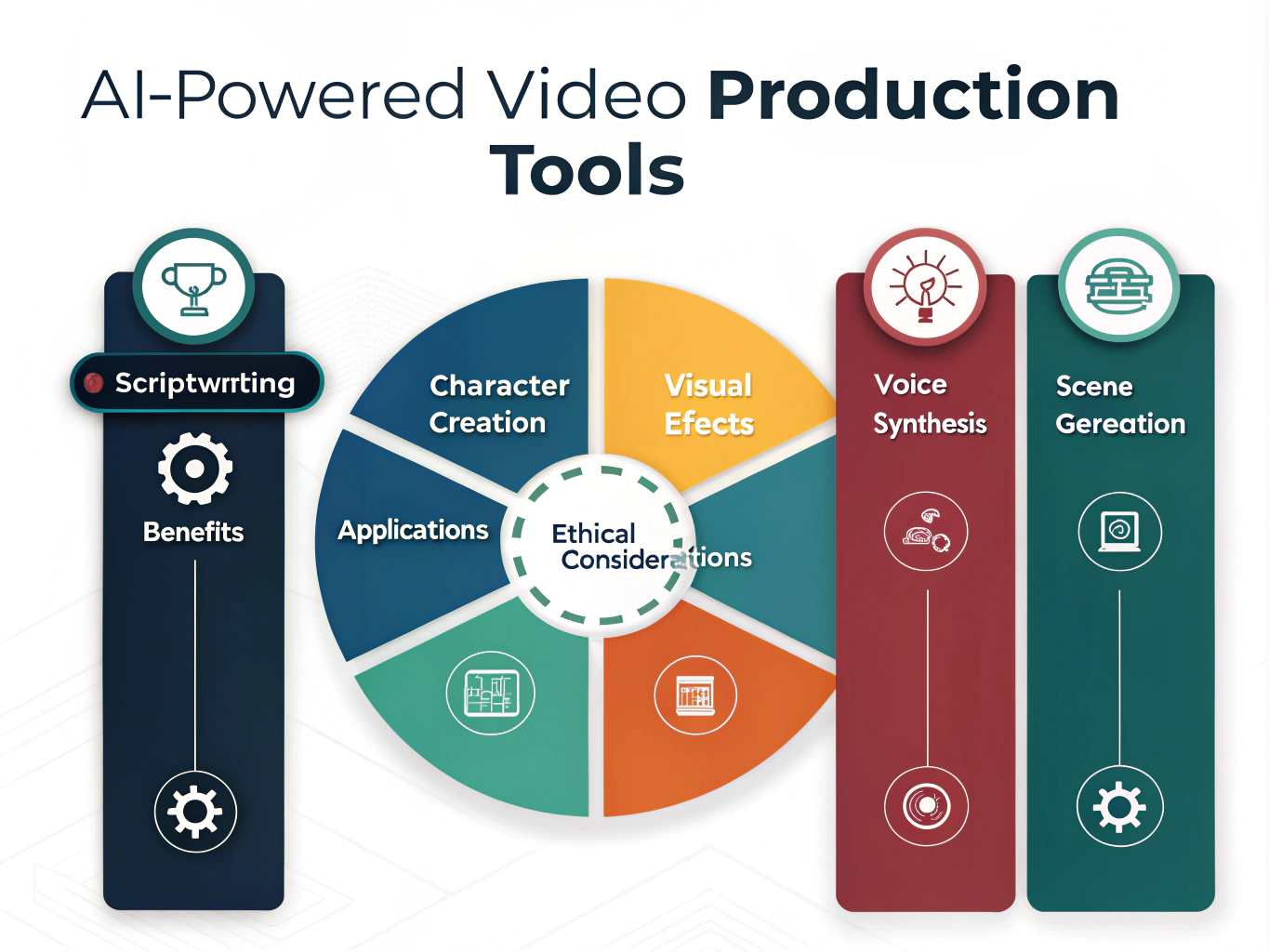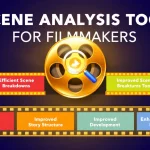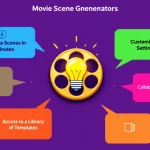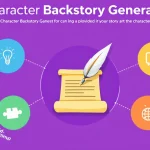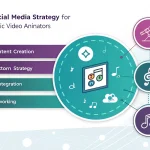Is this tool helpful?
How to Use the AI Strategy Generator for Video Production Effectively
This tool helps you generate tailored AI strategies for different aspects of fictional video production. To get the best results, follow these steps:
- Select the aspect of video production: Choose the specific area you want to focus on. For example, you could select “scene generation” or “voice synthesis”.
- Specify an AI technique or tool: Enter the AI method you are interested in using. Examples include “reinforcement learning” or “transformer models”.
- Address ethical considerations (optional): You can add any specific ethical concerns related to AI in video production. For instance, “deepfake authenticity” or “AI bias in dialogue generation”.
- Generate strategies: Submit the form to receive customized AI-driven recommendations that suit your project’s focus.
For example, you might select scene generation and enter “generative adversarial networks” as the AI technique with an ethical note on “environmental impact of computing resources”. Alternatively, choose voice synthesis, specify “neural TTS systems”, and leave ethical considerations blank for a straightforward approach.
Introduction to the AI Strategy Generator for Video Production
The AI Strategy Generator for Video Production is a practical tool designed to help filmmakers, content creators, and production teams integrate artificial intelligence into their fictional video projects. It provides specific, actionable strategies to enhance key production areas such as scriptwriting, character development, visual effects, voice synthesis, and scene generation.
By using this tool, you unlock new possibilities to improve creativity, efficiency, and audience engagement through AI. It guides you toward AI applications that fit your project’s unique needs while allowing you to consider ethical challenges. This approach helps you create innovative and responsible video content.
Benefits of Using This AI Strategy Generator
- Boost your creativity: Discover fresh ideas for plots, characters, and visual elements driven by AI insights.
- Save time and resources: Automate technical tasks like animation, voice recording, or scene design without losing creative control.
- Make informed decisions: Use data-driven suggestions tailored to your audience and production style.
- Customize content for your viewers: Adapt dialogues, narratives, and effects to match audience preferences.
- Explore modern storytelling: Experiment with interactive and dynamically generated storylines powered by AI.
Practical Usage of the AI Strategy Generator in Video Production
This tool serves multiple functions across the video production process. By entering your specific focus and AI technique, you gain recommended workflows, technologies, and methods applicable to your project.
Scriptwriting and Story Development
Challenge: Overcoming writer’s block and crafting unique storylines.
Solution: Use AI approaches like natural language processing or transformer models to generate character dialogues, plot twists, and narrative arcs that add complexity and originality to your scripts. You can simulate emotional speech patterns or unpredictable interactions to deepen storytelling.
Character Creation and Development
Challenge: Building rich, believable characters efficiently.
Solution: Leverage machine learning algorithms to create detailed character profiles based on traits you provide. This can include backgrounds, motivations, and psychological profiles, giving your characters depth without extensive manual work.
Visual Effects and Animation
Challenge: Producing high-quality animations with limited resources.
Solution: Employ AI-powered tools such as style transfer algorithms or deep learning for automating rotoscoping, motion capture, and 3D character generation. These technologies generate initial assets that animators refine, speeding up production.
Voice Synthesis and Dialogue Recording
Challenge: Managing the complexity and cost of multi-character and multilingual voiceovers.
Solution: Use neural network-based text-to-speech systems to produce natural-sounding voices in different languages and emotional tones. This reduces the need for extensive recording sessions while maintaining dialogue quality.
Scene Generation and Set Design
Challenge: Creating diverse, detailed virtual environments quickly.
Solution: Utilize generative adversarial networks (GANs) to generate detailed 3D scenes or set designs from text prompts or sketches. This accelerates environment creation and allows for creative fine-tuning by artists.
Additional Use Cases for the AI Strategy Generator
- Indie filmmakers: Generate affordable, visually striking effects and creative concepts using AI-powered style transfers and scene generators.
- Animation studios: Streamline character designs and voice synthesis for consistent series production.
- Interactive video developers: Design AI-driven storylines that adapt to viewer choices for engaging experiences.
- Educational content creators: Create dynamic visuals and explanations suited to different learning levels through AI scene generation.
- TV production teams: Implement real-time virtual sets and effects enhanced by AI to shorten post-production cycles.
Frequently Asked Questions About AI in Video Production
Can AI actually enhance creativity in video production?
Yes. AI supports creativity by offering new ideas, automating repetitive tasks, and providing insights based on data, helping you focus on what matters most.
Do I need technical skills to use the strategies suggested by this tool?
Not necessarily. Many AI tools are user-friendly, and the strategies recommend accessible approaches with pointers to helpful resources.
How does AI improve character development?
AI can automatically generate detailed backstories, character arcs, and interaction predictions based on provided traits and psychological models.
Is AI-generated content original?
AI combines existing knowledge in novel ways, often producing unique ideas. Use it as a creative aid rather than a sole content source.
How does AI increase efficiency in video production?
AI automates tasks like rotoscoping, script drafting, and scene design, saving time and letting you focus on creative decisions.
Are there limits to what AI can do in video production?
Yes. AI tools are only as good as their training data and algorithms. Human oversight remains crucial for quality, ethics, and creativity.
Important Disclaimer
The calculations, results, and content provided by our tools are not guaranteed to be accurate, complete, or reliable. Users are responsible for verifying and interpreting the results. Our content and tools may contain errors, biases, or inconsistencies. Do not enter personal data, sensitive information, or personally identifiable information in our web forms or tools. Such data entry violates our terms of service and may result in unauthorized disclosure to third parties. We reserve the right to save inputs and outputs from our tools for the purposes of error debugging, bias identification, and performance improvement. External companies providing AI models used in our tools may also save and process data in accordance with their own policies. By using our tools, you consent to this data collection and processing. We reserve the right to limit the usage of our tools based on current usability factors.
